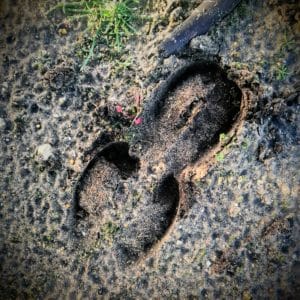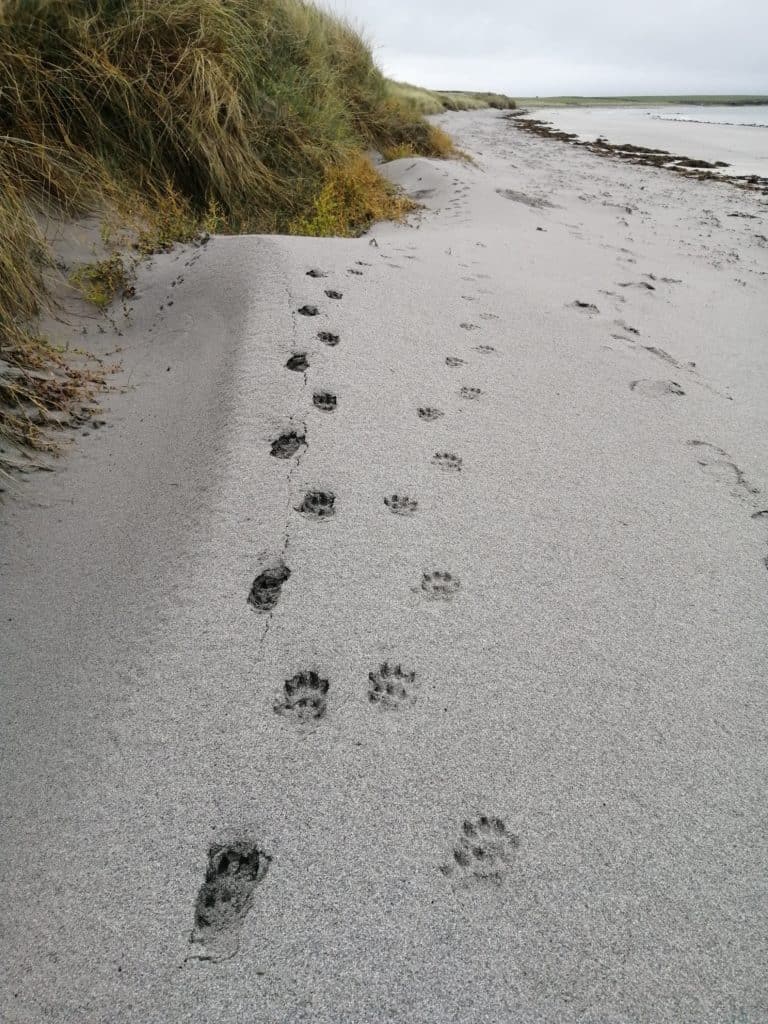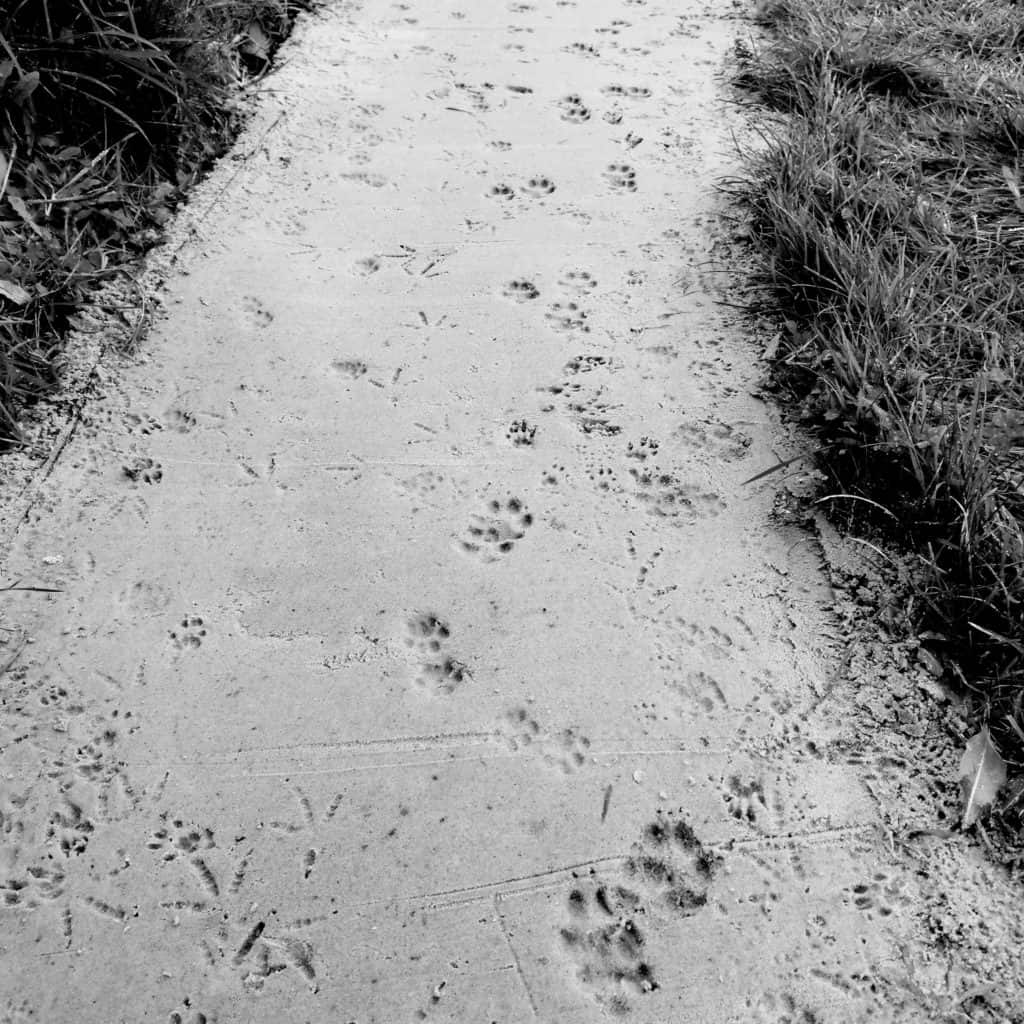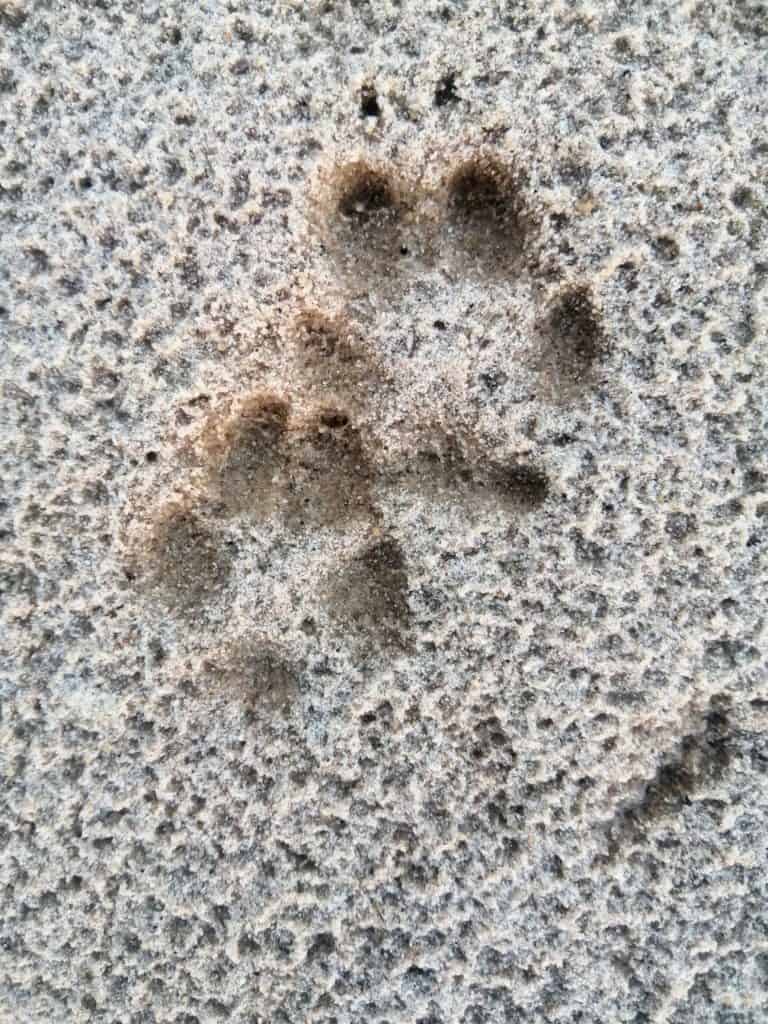Guest Blog by Wildlife Tracking expert and FSC Associate Tutor David Wege
Wind back time a few thousand years and imagine you’re walking along a forest path. You look down and notice fresh tracks of a Red Deer that had trotted purposefully along the same path. Beside them are the tracks of Wolves – a small pack – heading in the same direction. Potential food. Potential danger. The most basic of human emotions triggered by “just” footprints in the mud.

The art of tracking is hard wired into our human ancestry and psyche – it was fundamental to hunting by early humans, and was creatively shared and communicated by these hunter-gatherers through art and fire-side story-telling. We have lost the “life or death”, “going hungry or eating well” importance of this art, yet somehow the questions “Who made that track and when?” “Where were they going and why?” “How were they moving?” remain some of the most natural questions in the world.
The desire to read the animal’s story accurately is compelling, and this innate curiosity invites us to keep our awareness open and deepen our connection with the natural world.

Tracking is about reading or interpreting the signs left behind by animals which allows the tracker to get an intimate look at what a particular animal gets up to, and to develop a better understanding of its ecology and behaviour. Every animal leaves a trace as it passes through the environment, traces that the tracker – or nature detective – can find and read. So, tracking is the art of nature detection, and it brings us closer to nature, connecting with it in a way that allows us to see more and therefore enrich our wildlife experience. With training and plenty of “dirt time” we can all rekindle our inner ancestral tracker and become competent trackers. We may not be evading danger or finding food through our tracking now, but we can tell the stories of the animals we discover, maybe enhance our existing nature-based hobbies, and definitely make useful contributions to conservation.
To interpret tracks and signs, trackers must project themselves into the position of the animal in order to create a hypothetical explanation of what the animal was doing. Tracking is not strictly empirical, since it also involves the tracker’s imagination.
Louis Liebenberg. The Art of Tracking: The Origin of Science
If you are interested in learning more about the art of tracking, and how to interprut the signs of wildlife, take a look at FSC Tracking Courses both online and at centres around the UK.


